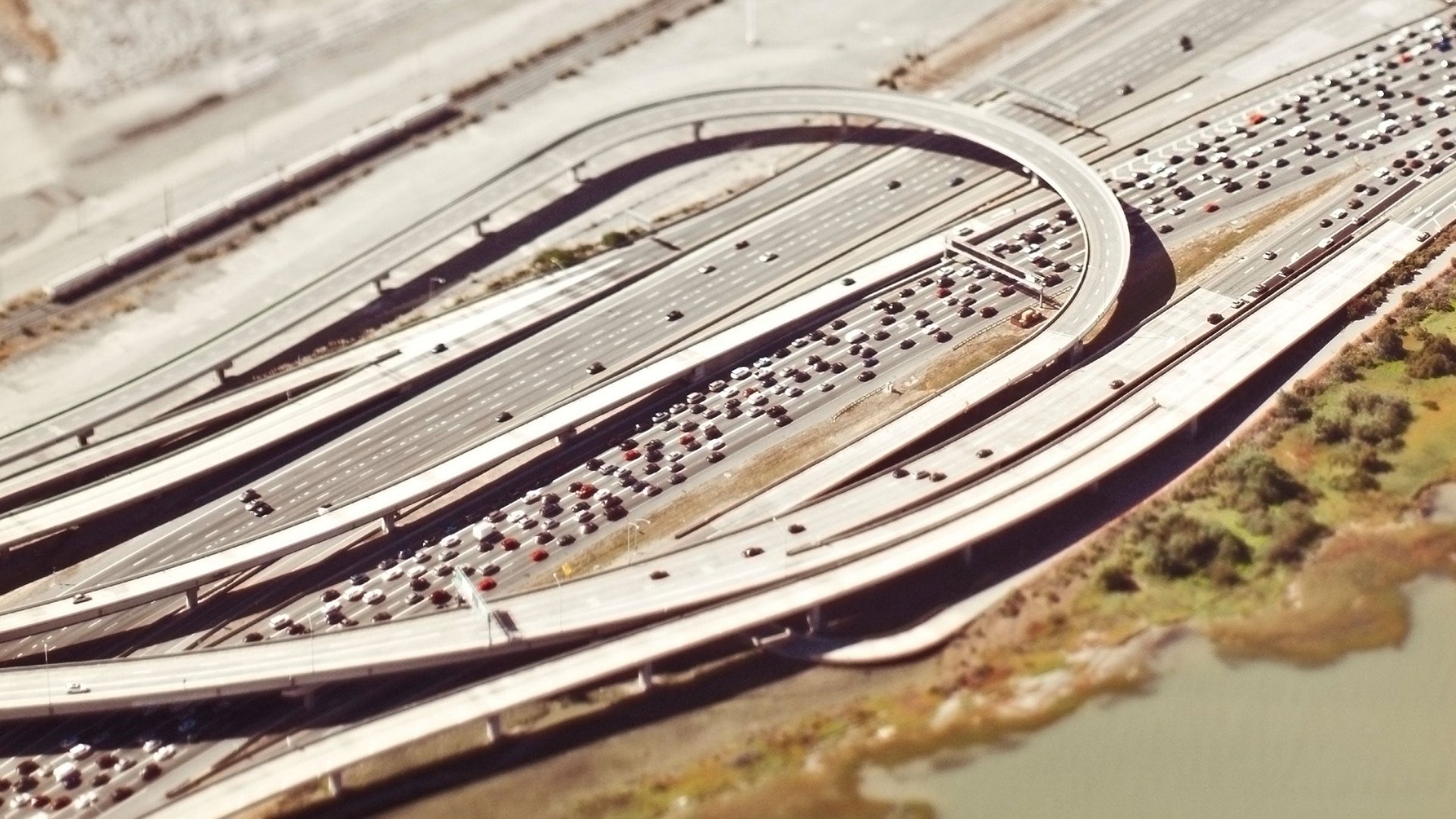5 ways technology will improve your commute
By Ken Philmus Senior Vice President, Government and Transportation Group, Xerox


By Ken Philmus
In the near future, we can expect a transportation utopia where driverless cars and high-speed rails efficiently ferry us around. While the practicalities of such innovations work themselves out, other notable technologies have emerged that are fundamentally changing our commutes, and are laying the groundwork for a future of frictionless transport.
1. Parking apps and pay-by-phone meters:
Los Angeles is the only city in the U.S. currently adjusting parking rates automatically based on an algorithm that crunches usage and availability rates. This scientific approach takes the guess work out of parking management and helps commuters find parking easier via mobile parking apps and display signs. Further east, commuters in Indianapolis are using an app called ParkMobile. The app remembers a driver’s parking space number, alerts them when their time has expired, and allows them to add more time and pay the fee directly from their smartphone.
2. Express lanes/HOT lanes:
Little funding to widen and/or build new highways means states need to find alternatives like HOT lanes (High Occupancy Toll lanes) to help reduce congestion. These special lanes, which replace old HOV lanes, allow commuters to maintain a minimum average speed, even in the heaviest of traffic based on an algorithm that analyzes highway volume and speed, and adjusts the cost to drive in that lane accordingly. Los Angeles County, the state of Virginia, and Washington, D.C., drivers are already taking advantage of this tolling innovation.
3. All-electronic tolls:
Commuters in Maryland are dramatically reducing their travel times with the opening of the state’s first all-electronic toll (AET) road, the Intercounty Connector (ICC). Drivers are able to keep moving at posted highway speeds, rather than slow down or stop to pay fares, allowing traffic to continue moving freely and openly. In some cases, travel times have been reduced by up to 70 percent by using the ICC versus local roads. And this isn’t just for highways–the Golden Gate Bridge also went all-electronic leading to faster, smoother crossing.
4. Open fare, common ticketing, and contactless cards:
The Southeastern Pennsylvania Transit Authority (SEPTA) is in the process of implementing contactless payment methods that will allow riders to simply tap their bank card or wave their smartphone to board buses and trains, enabling a convenient and secure ride for commuters. Passengers riding any of the buses, subways, trolleys, or the regional rail trains on the SEPTA system will be able to use this modernized open payment fare collection system. Beginning in May 2014, Florida’s SunRail system will also provide riders a similarly easier way to get around Central Florida by offering them a “tap on, tap off” card experience, which also includes the capability for future integration with other transit authorities in the region.
5. Smarter public transit:
The amount of data available is almost infinite, so some companies are bringing it to life through visualizations to help public transit decision makers and planners reduce congestion and get people where they need to go faster and more efficiently. By examining ridership data, we can garner the insight to make route adjustments that optimize available resources–in real-time. This data can tell us how people travel, how often they travel, and even their favorite stops. For example, instead of three partially full buses running back-to-back, the data might suggest that one bus can handle the route during that time frame. When rider information is combined with improved traffic knowledge, municipalities can start to develop a more cohesive management plan for daily operations, resulting in a better experience for you, the commuter.
Innovation is improving transportation all around the world. So the next time you tap on or off a train or drive through an E-ZPass lane or on one of LA’s ExpressLanes, remember that technology is collecting non-personal data that will be used by transportation professionals to figure out the best ways to overcome your city’s transportation challenges and, ultimately, make your commute better.

This article was produced by Xerox and not the Quartz editorial staff.